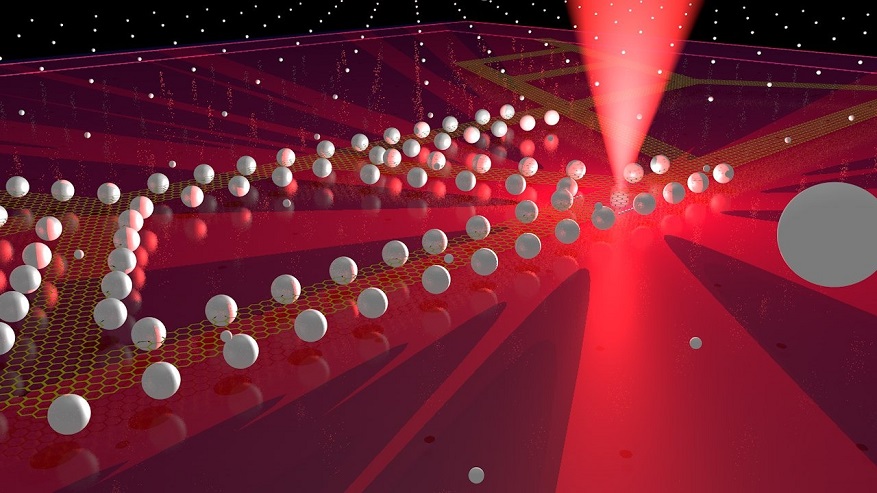The research was supported by a grant from the Russian Foundation for Basic Research. The research findings have been published in the Communications Chemistry (Q1; IF:7,2).
Metallic nanoparticles are potentially applicable in photocatalysis, sensorics, and optoelectronics. They enhance interaction of light with matter, boost optoelectronic response, and improve the photocatalytic performance of 2D materials. In the past, however, nanoparticles were commonly deposited on the plane of 2D layers, which disrupted their crystalline structure.

As part of the research, they have studied the dependence of nanoparticle formation on laser radiation parameters, the mechanism of their deposition, as well as the photocatalytic activity of the resulting structures.We deposited silver nitrate on the surface of tungsten diselenide nanoribbons and exposed it to laser treatment. We found that the presence of tungsten diselenide is a key factor for the reduction of silver ions to metallic silver. This occurs due to strong light absorption of tungsten selenide. It results in the formation of silver nanoparticles with an average diameter of 32 nm. Our method is simple and allows for selective deposition of metallic nanoparticles at the edges of tungsten selenide-based nanoribbons, and also, presumably, other 2D materials such as graphene, tungsten disulfide, and molybdenum disulfide,
The proposed method of laser-assisted decoration can be used in combination with other methods and applied to different 2D-materials. It can be effectively used to design, model, improve and investigate complex micro- and nano-properties of materials and systems.
